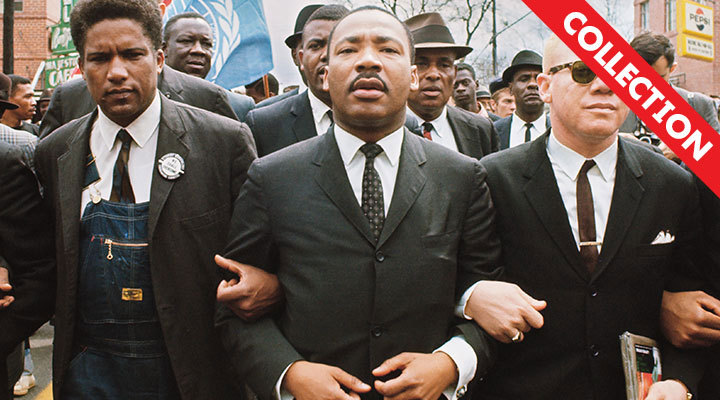On a cool April day in 1947, a young man named Jackie Robinson stepped onto a baseball field in New York City—and into history. He became the first African-American player in Major League Baseball (MLB) as we know it today.
Now, a museum to honor Robinson is being planned. It will teach visitors about the changes he helped bring to baseball and to the nation.
In April 1947, a young man named Jackie Robinson stepped onto a baseball field—and into history. He became the first African-American player in Major League Baseball (MLB) as we know it today.
Now, a museum to honor Robinson is being planned. It will teach visitors about the changes he helped bring to baseball and to the nation.

